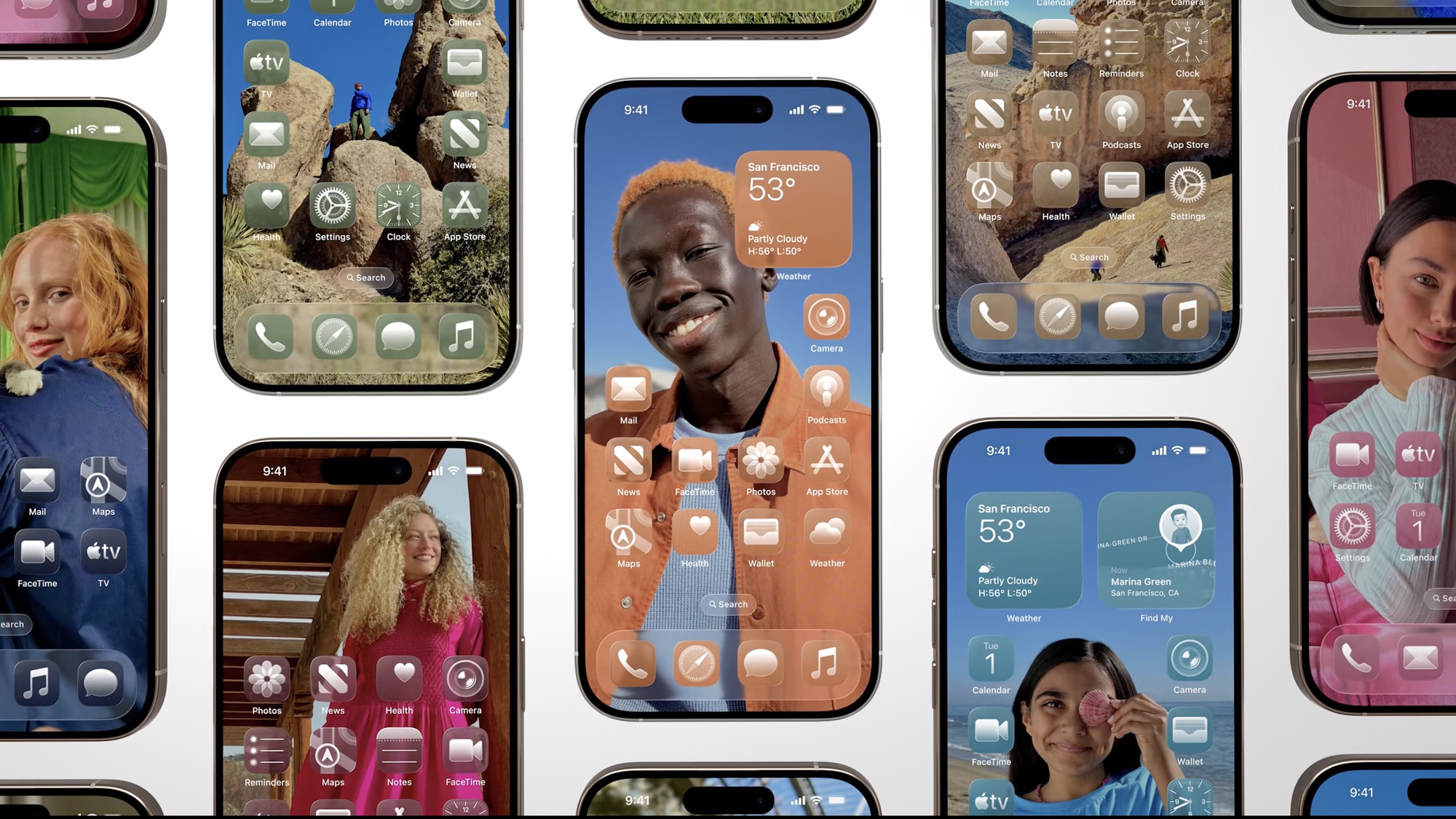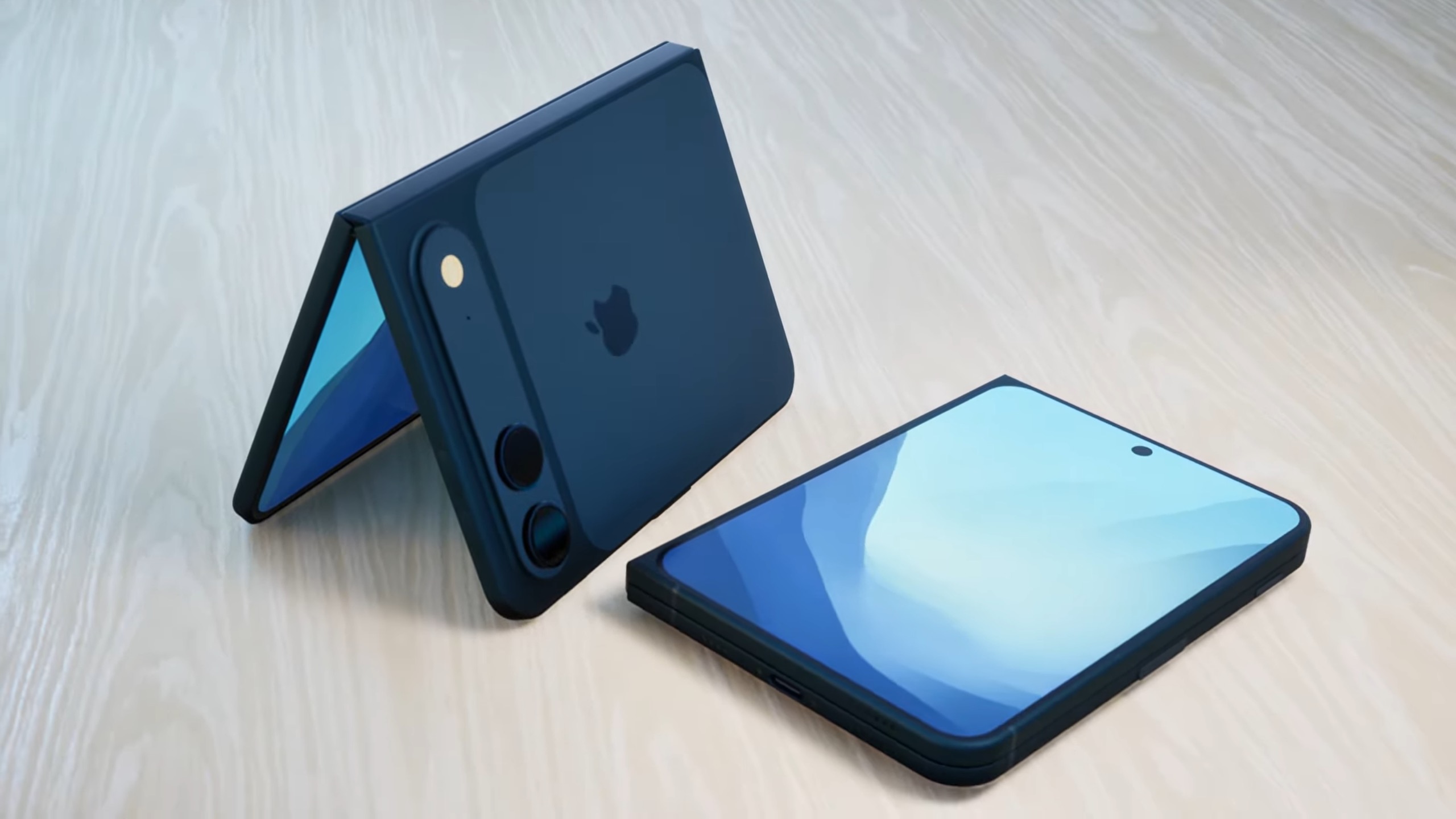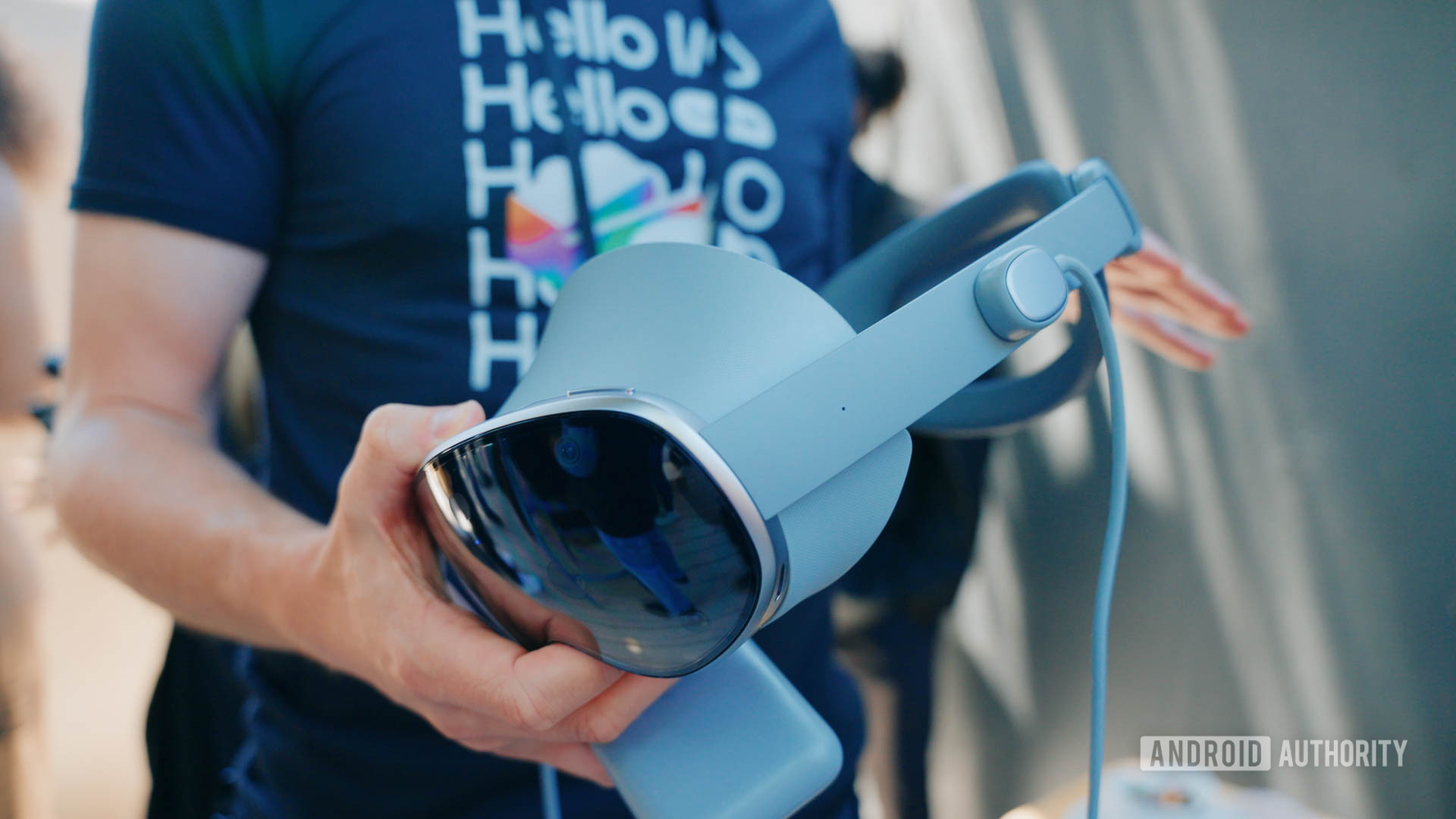Though all eyes are on the iPhone 17 event next month, let’s not forget that Apple could finally dive into the foldable phone market in 2026 with the long-rumored iPhone Fold. Now Bloomberg’s Mark Gurman has shared some details about what to expect as well as Apple’s three-year road map to reinvent its iconic iPhone line.
It all kicks off with the iPhone Air, Apple’s super-thin new model to challenge the Samsung Galaxy S25 Edge. The iPhone Air will replace the Plus-sized version of Apple’s flagship and feature the company’s first in-house modem chip: the C1 modem, which was introduced with the iPhone 16e. It’s set to debut in September alongside the iPhone 17, 17 Pro, and 17 Pro Max.
However, an even bigger game-changer is expected to arrive next year. That’s when Apple could debut its first foldable iPhone, which rumormongers are calling either the iPhone Flip or iPhone Fold. Gurman claims it’ll open like a book to reveal a larger inner display, similar to the best foldable phones like the Samsung Galaxy Z Flip 7 and Google Pixel 9 Pro Fold. As opposed to the retro-inspired clamshell design popularized by Motorola with handsets like the Razr Ultra.
Apple’s reportedly packing four cameras into its first foldable phone: one on the front screen, one on the inside, and two on the back. If history serves, the main rear camera will take higher-resolution photos than the selfie camera, but Gurman didn’t offer much in the way of specs. As for the second lens on the back, that could be either for ultra-wide or telephoto shots. The handset’s four-camera set-up also suggests it could be used similarly to a standard iPhone whether it’s opened or closed.
Say goodbye to Face ID and SIM card slot
Like the iPhone Air, the iPhone Flip is expected to ditch the SIM card slot and rely on Apple’s in-house modem for connectivity. In a bit of a throwback, it’ll also use Touch ID instead of Face ID. That may seem like a step backward considering Apple’s adopted Face ID for all the best iPhones, but it’s likely to keep the foldable from getting too bulky when closed.
Analyst Ming-Chi Kuo has said the iPhone Flip will be between 9mm and 9.5mm when folded, with the opened device estimated to fall somewhere between 4.5mm and 4.8mm thin. It’d be tough to fit Apple’s TrueDepth camera system, a necessity for Face ID, inside such a thin chassis. Meanwhile, the Touch ID fingerprint sensor has a much smaller footprint, making it the obvious choice to shave off a few centimeters.
Foldable iPhone’s price could make or break it
Apple’s first foldable device is expected to draw plenty of attention, though whether fans chose it over the standard iPhone will hinge heavily on price.
With the exception of Motorola, most Android foldables already come with a hefty price tag, starting at $1,099 for the Galaxy Z Flip 7 and approaching $2,000 for more premium options. Even Samsung’s Galaxy Flip 7 SE starts at $899, and that’s the budget option.
Given Apple’s history, its take on a foldable phone isn’t likely to come in any cheaper. According to Gurman, the debut model will only come in black or white, and suppliers are gearing up for mass production to start early next year ahead of a fall 2026 launch.
iPhone design overhaul set for 2027

Lastly, in 2027, Apple plans to celebrate the iPhone’s 20th birthday with a design overhaul. According to Gurman, the company is ditching the squared-off corners we’ve seen on every iPhone since 2020 in favor of curved glass edges.
This redesign seems to go hand in hand with the upcoming new Liquid Glass interface, which Apple’s posed as a key selling point of iOS 26. This adds rounded edges to on-screen elements and gives everything a translucent, layered look, allowing the colors behind them to bleed through as if through a sheet of glass.
“The bottom line: 2025 won’t be a revolutionary year for the iPhone. But it will lay the foundation for major shifts in 2026 and 2027, making it an exciting time for iPhone fans,” Gurman says.
Follow Tom’s Guide on Google News to get our up-to-date news, how-tos, and reviews in your feeds. Make sure to click the Follow button.
More from Tom’s Guide
Back to Mobile Cell Phones










